The Tibet autonomous region continues to rank among the best places in the world for ecological quality, and its ecological and environmental quality are generally in good condition, according to the region's 2022 Environmental Bulletin, which was released on Monday.
The bulletin, released by the regional department of environment and ecology, noted that the Sanjiangyuan National Park project has been approved by the central government, and the national parks of Changthang and Qomolangma (known as Mount Everest in the West) have been making steady progress.
Shui Yanping, deputy head of the department, said that water quality in the region's major rivers and lakes remained good last year and met the standards set by the central government.
"Water quality in the region's key rivers — the Yarlung Zangbo, Lancang, Jinsha and Nujiang — as well as the Lhasa Kyichu, Myangchu and Nyangchu, have met Class II and above standards," Shui said, adding the water quality of the Rongphu River near Qomolangma met the country's Class I standard.
"All the region's 19 centralized water supply sources in six cities and one prefecture meet Class III standards, and the ambient air quality around Qomolangma is good, reaching the country's Class I standard," Shui added.
Last year, the overall ambient air quality of the region was excellent. The proportion of days with excellent air quality was 99.5 percent, and the ratio of days with excellent ambient air quality in Lhasa, the region's capital, was 99.7 percent, ranking top among 168 key cities in China.
The region's counties of Joda, Bomi and Chonggyai have been established as demonstration zones for the National Ecological Civilization Construction, and the region's Nyingchi city was named a National Forest City.
The region renovated 37,000 toilets in rural areas and 597 villages completed rural sewage treatment last year, with the rural domestic sewage treatment rate rising from 5.7 percent to 10.8 percent.
Last year, the central government allocated nearly 760 million yuan ($107 million) of special funds for ecological and environmental protection in Tibet, and nearly 447,000 ecological protection jobs were offered to rural residents.
Pema, a rural resident in the city of Nyingchi, said she and her fellow villagers were pleased to take on environmental protection work.
She said all the households in her village participate in ecological protection. Six groups of villagers take turns on regular patrols, and two villagers make sure the surrounding environment is not harmed by human activities.
Pema's family received more than 60,000 yuan from the government last year for undertaking environmental protection duties.
"The subsidies we received from the government by protecting the environment is a main part of our family income."








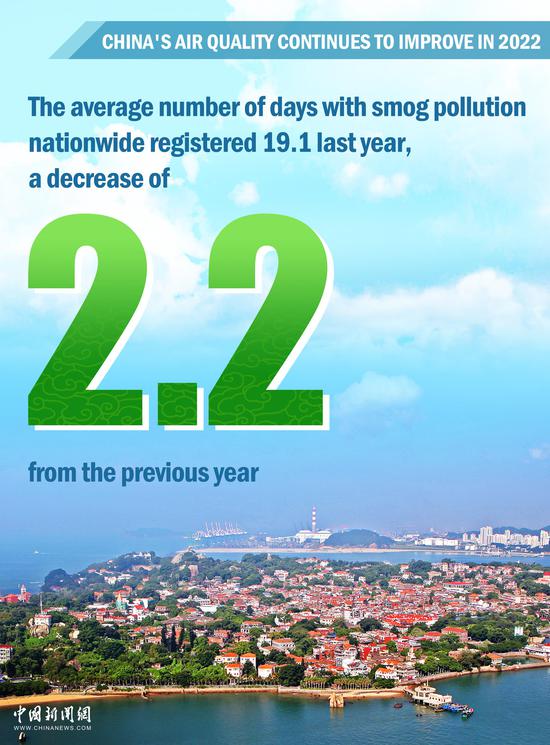

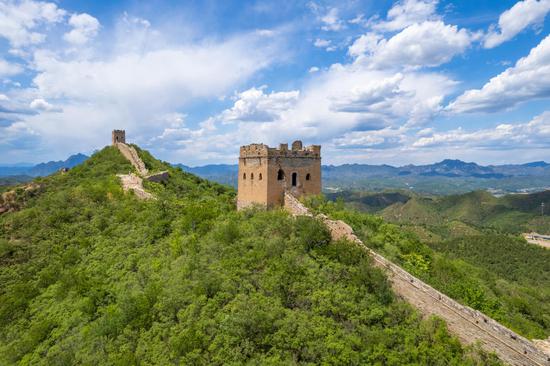


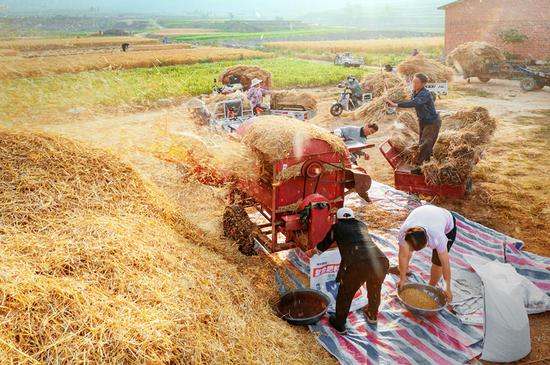
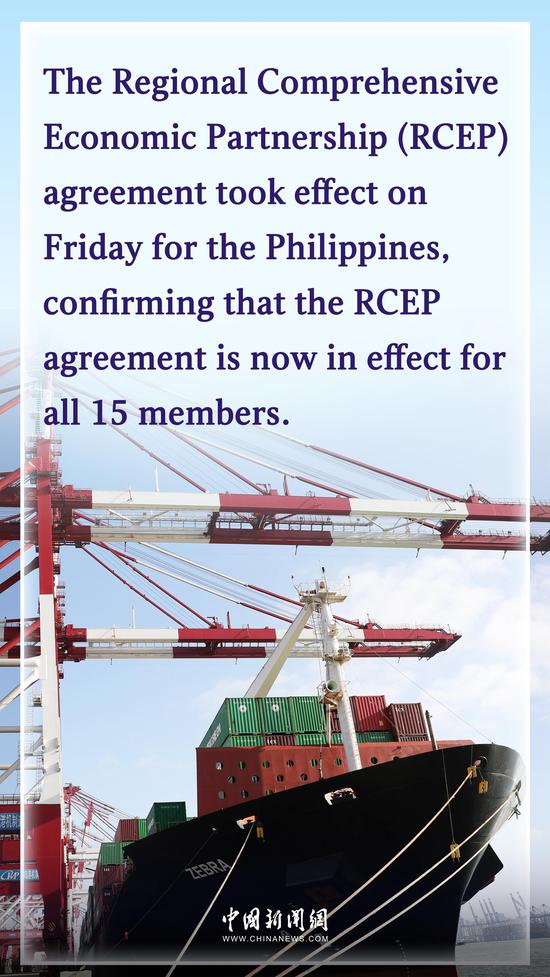



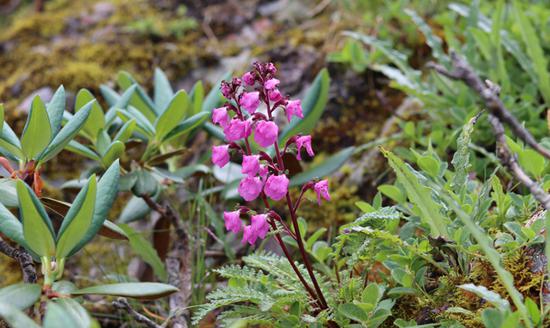


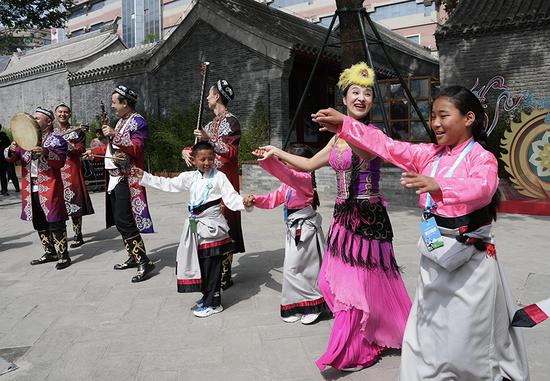


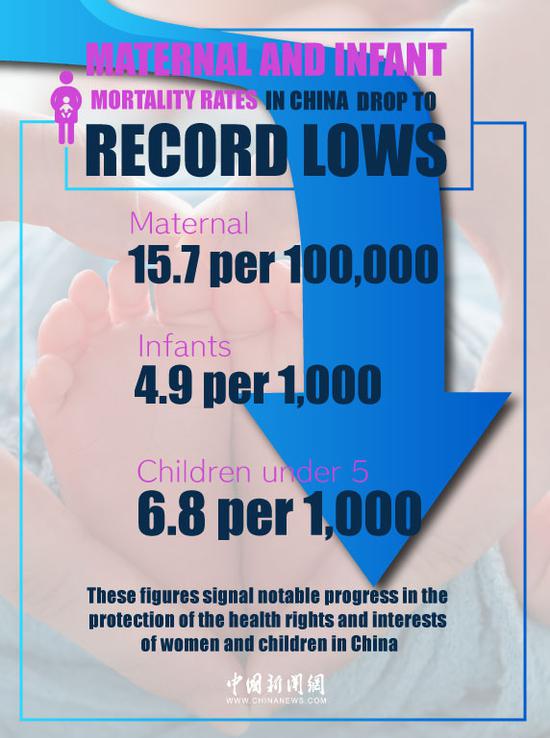
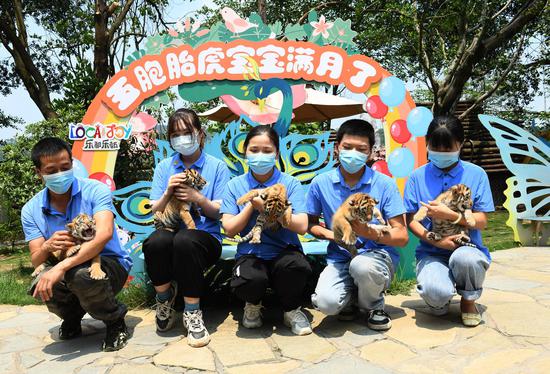
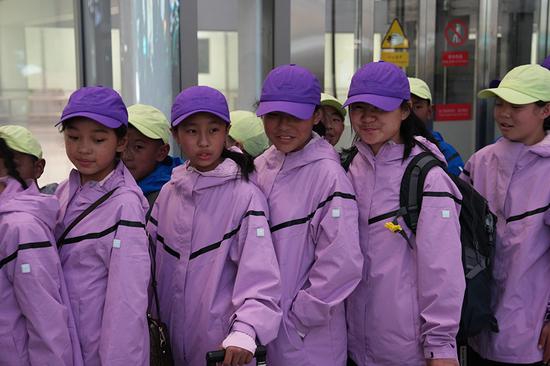







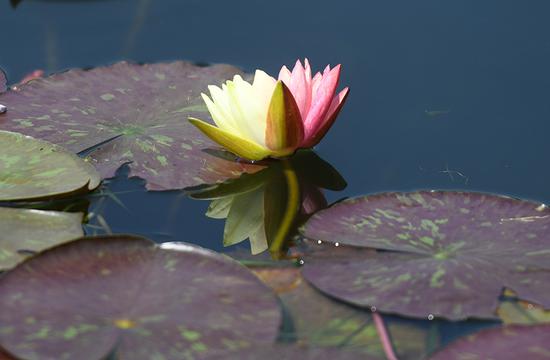
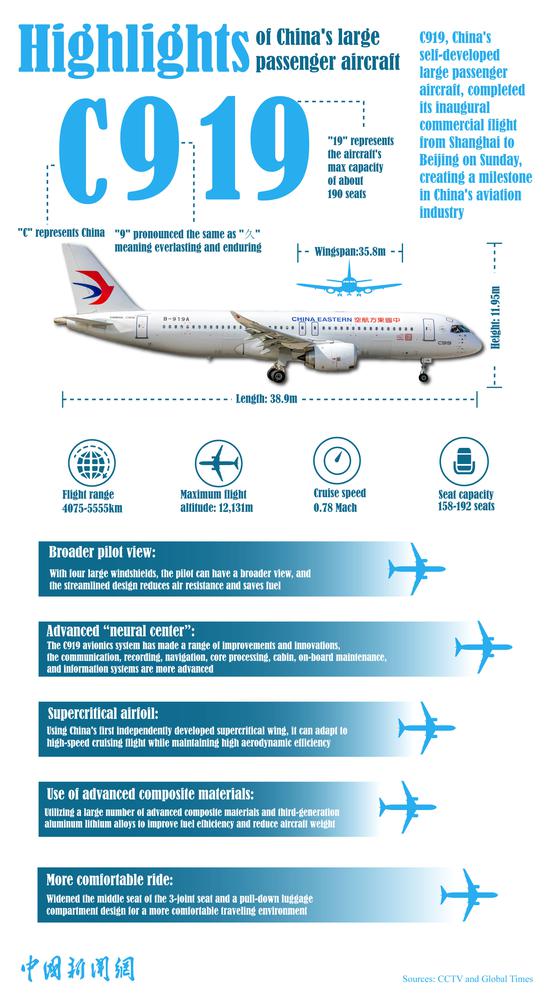



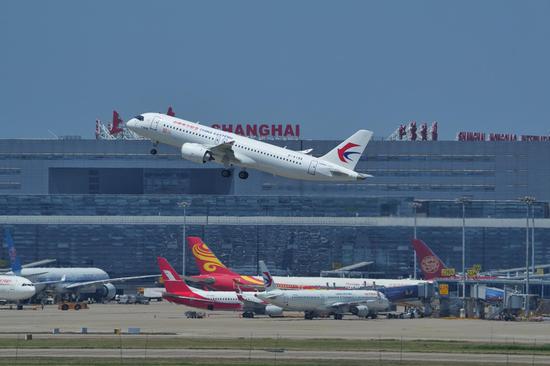
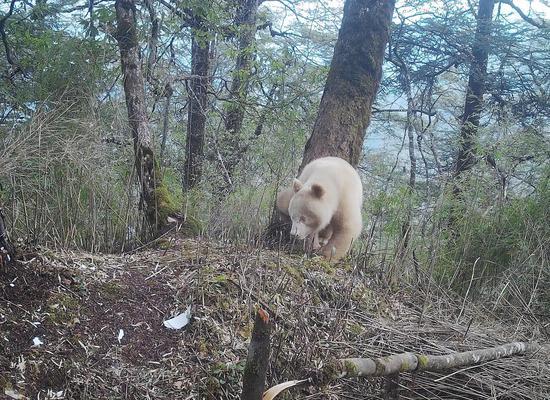
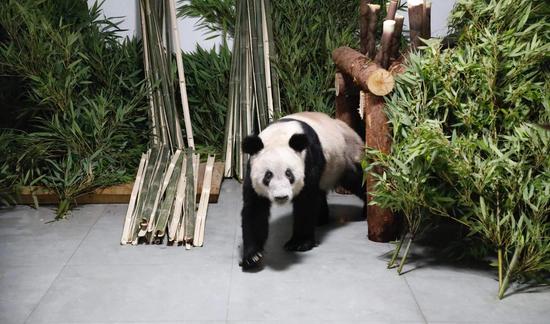
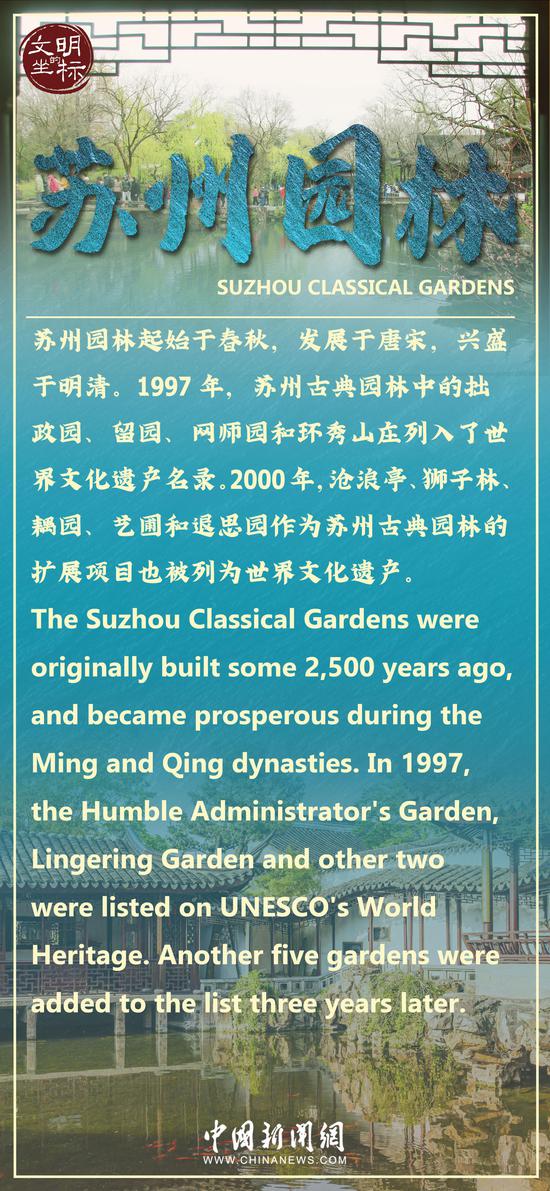
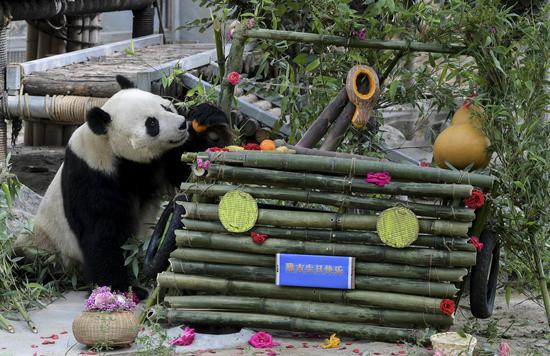
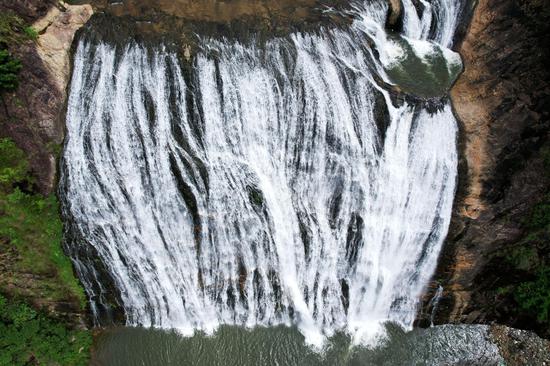

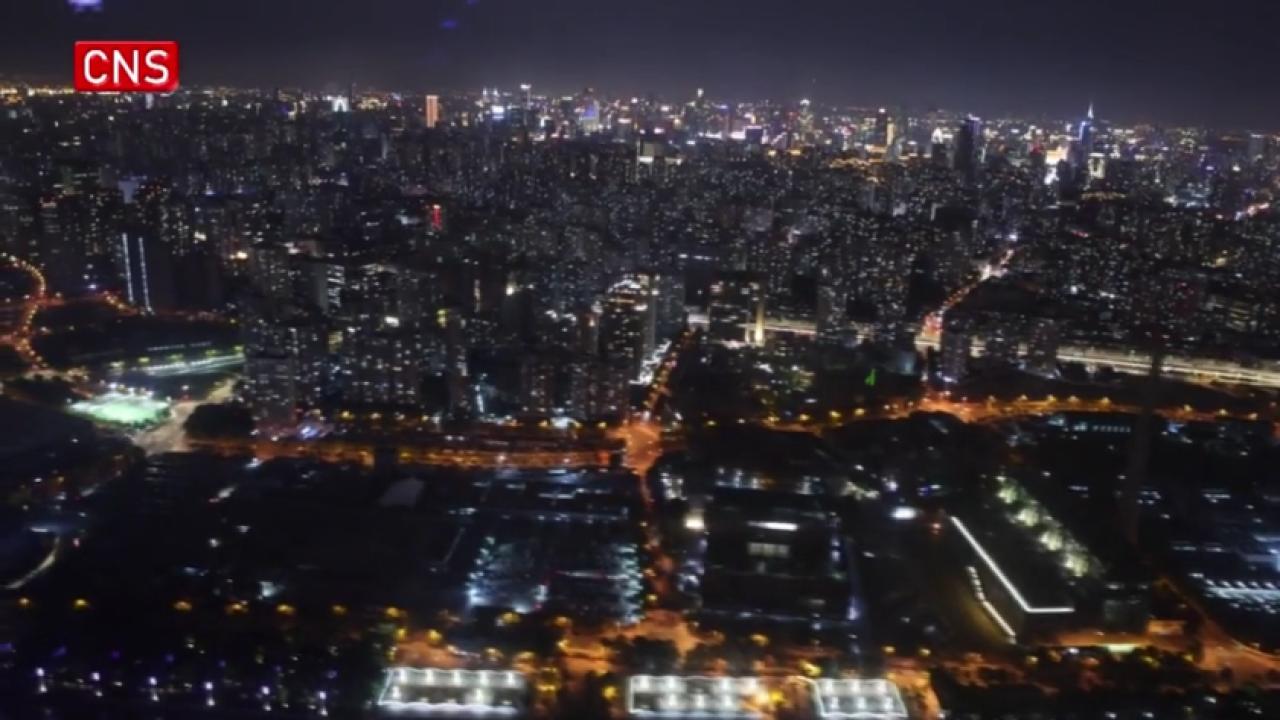



 京公网安备 11010202009201号
京公网安备 11010202009201号